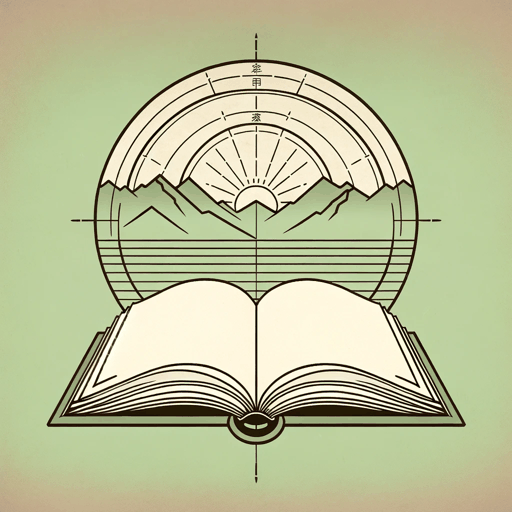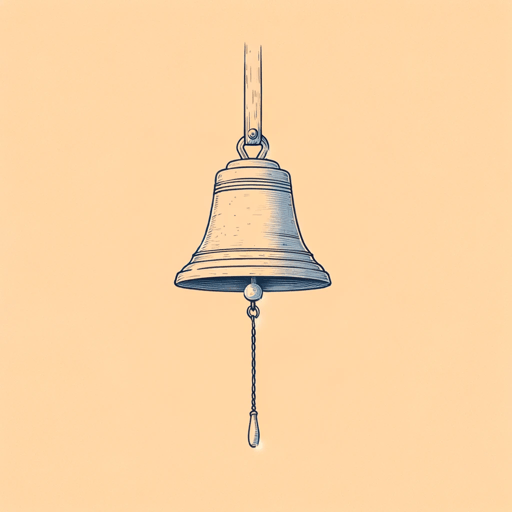48 pages • 1 hour read
James HiltonLost Horizon
Fiction | Novel | Adult | Published in 1933A modern alternative to SparkNotes and CliffsNotes, SuperSummary offers high-quality Study Guides with detailed chapter summaries and analysis of major themes, characters, and more.
Symbols & Motifs
Karakal
Karakal is the mountain that rises over Shangri-La. In the novel, Karakal symbolizes many of Shangri-La’s values, including isolation, peace, and danger. Its height and steep terrain make it unclimbable, and its position in the plateau makes it difficult to reach, much like Shangri-La itself. However, it is also beautiful and geometrically perfect, making it a good symbol of the peace and tranquility that Shangri-La offers for Conway. Conway compares Karakal to a lighthouse, guiding travelers toward the safety and security of the valley. Rutherford finds no record of Karakal or of any mountains as tall as Karakal, and this elusive quality furthers the association between Karakal and Shangri-La, which is also not listed in any geographic or historical works.
Most importantly, Karakal is a symbol of ethereal or otherworldly possibilities. Its dimensions defy imagination, and its name, meaning “blue moon,” reminds Conway of the idiomatic expression “once in a blue moon,” which means rare or unlikely to occur. The existence of Karakal supports belief in Shangri-La’s offer of longevity and peace and even suggests that Shangri-La could withstand any attack or war that might happen to touch it. In the end, Karakal is wrapped in a storm, which threatens the serenity of the mountain and of Conway’s mind, making it also a potential symbol for Conway’s mental health.


